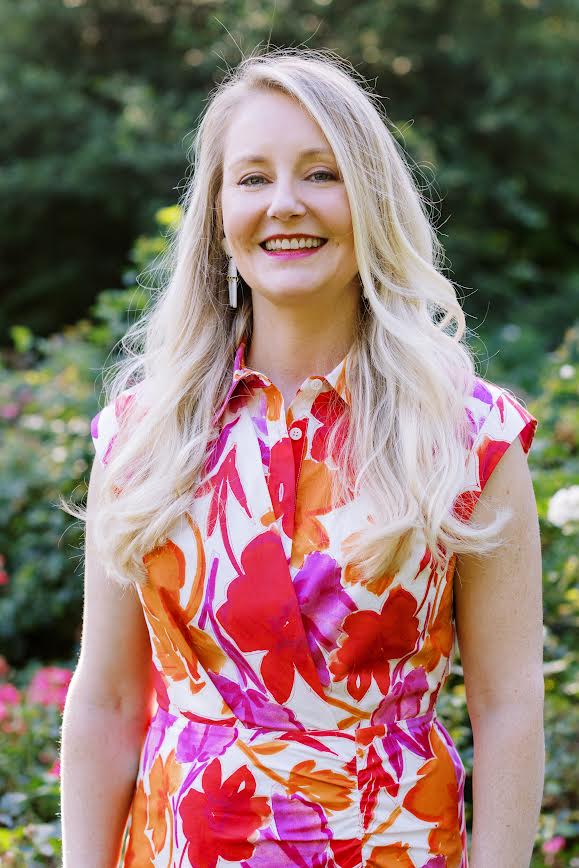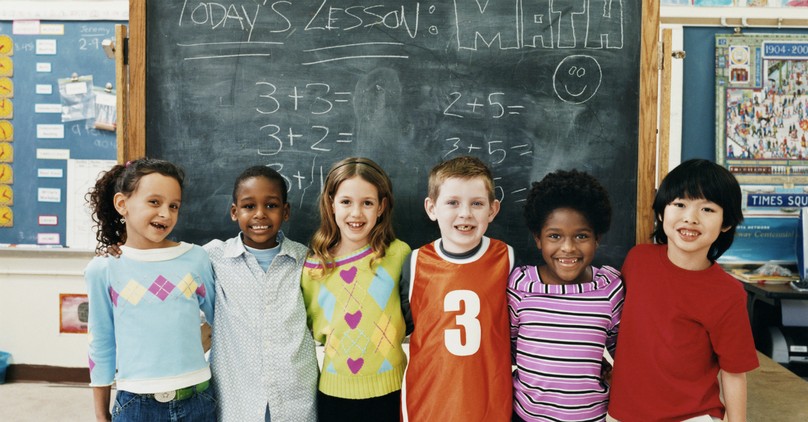
I’ve been looking for ways to navigate the recent racial tensions in America in the spirit of Christ. Seeking to understand, respond with compassion and justice, and help usher the crisis in a constructive rather than divisive direction is key to real growth and change. I recently had the privilege of interviewing an Emmy Award-winning, African-American journalist who penned a bestselling Christian children’s book on inclusion. You might have seen Linsey Davis on ABC as a host for two Democratic debates for this election cycle, or as she covered the recent space launch or funeral for George Floyd. I asked Linsey about her perspective on race in America. I’m grateful that our interview strikes a healing tenor that provides practical steps for any parent, Christian, or concerned citizen in general.
Our sit-down inspired me to do more. I was hungry for more doable ways to affect change that would be supportive of all people. I decided to turn to one of my family’s favorite teachers, an African-American woman with an impressive background in education who has a passion for inclusion that’s fueled, in part, by her deep faith. Jane Attah is a graduate of the prestigious Teacher’s College at Colombia University, has taught in leading independent schools in America for eighteen years, and is the mother of two children. I’m excited to share five insights on inclusion from our interview—as you learn about her story, you’ll benefit from her wisdom, which includes vetted book selections for every age.
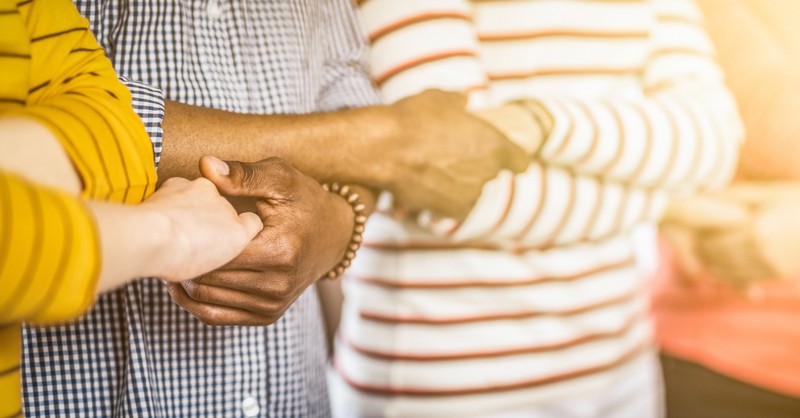
1. Build Relationships
I started by asking Jane about her background. Those who are committed to impacting lives today often have interesting pasts; she is no exception. Jane learned the importance of inclusion firsthand through her father’s work. She is the daughter of a Foreign Affairs Officer from Ghana. She explains, “My father’s job involved working in the embassies of commonwealth countries to create, build, foster, and maintain foreign relations between his native country Ghana and whatever country he was posted to live and work. Being a Foreign Affairs Officer entailed living abroad, usually for 4 years. My family moved a lot so growing up, I had to be able to adapt and welcome change. I was fortunate to experience different places, people, schools, cultures, and ways of life.”
When I asked Jane what impact her childhood has had on her perspective, she reflects, “I developed a fond awareness of and respect for people’s backgrounds and heritage. When you make it a point to want to learn all you can about someone who is different from you, that right there is the beginning of a relationship.” Jane’s insight resonates with one of my favorite points from my interview with Linsey Davis. Linsey remarks that it is relationships—not facts—that change people. Finding ways to establish bonds between people is key to meaningful change on any social issue, like race.
Photo Credit: © Getty Images/scyther5
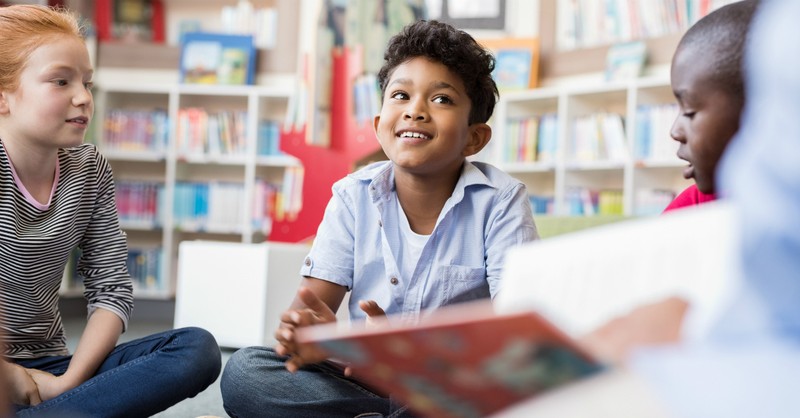
2. Appreciate What Everyone Can Offer
Encouraging participation runs deep in Jane’s approach to teaching. She notes, “I came into teaching because I am optimistic about education being a right and not a privilege, truly a right for ALL children. In the classroom, I highlight inclusion through the essential question: How does learning about myself and others help us connect?” Jane addresses this question in a range of ways as a second-grade teacher. She describes, “I do my best to create classroom norms where a diversity of ideas is welcomed through sharing how students solve math problems, celebrate holiday family traditions, write creative stories, greet in different languages for morning meetings, and describe their roses and thorns at the end of the day.”
Jane has one classroom tradition that’s particularly well-received. “One thing I have discovered to be successful is on a student’s birthday, each classmate writes an adjective that best describes the birthday boy or girl. This tradition is called birthday compliments, and for one day on their birthday every student truly feels he/she belongs, is included, and is significant.” This practice could easily be replicated in a variety of other contexts too, like in a Sunday school or youth group.
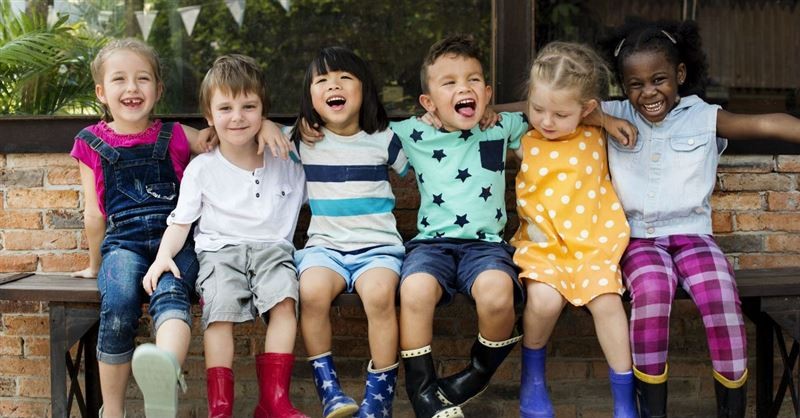
3. Ensure Everyone Feels “Seen"
A tradition like birthday compliments allows every child to feel “seen,” and feeling seen is an essential building block to creating an inclusive environment for all children. Jane expands, “Whatever the environment may be—the classroom, on the field, or while teaching, coaching, or mentoring—finding something that you can connect with a child on is necessary. This connection does not have to be academic. The goal is to create that trustworthy space where the child can lead, open up, and share his or her amazing talents that make him or her unique. When the child expresses interest to tell you their story, make time to listen and say, ‘Tell me more.’”
The way a child feels is more important than teaching content, for the former opens the door for latter. “When my students feel comfortable to take risks in the classroom without hesitation or fear of making mistakes, they are seen.” That comfort level allows Jane to stretch her students and expand their horizons for comprehensive growth as students and people.
Photo Credit: ©Getty Images/Rawpixel

4. Use Empathy-Building Resources
Books are an essential tool that Jane uses to foster her students’ comprehensive growth. She notes, “Books are powerful and storytelling connects so I am intentional when I choose books to engage my students.” Linsey Davis, author of One Big Heart: A Celebration of Being More Alike Than Different, agrees. Linsey observes that books can provide children with valuable glimpses into worlds that are different from their own, especially when their everyday exposure to diversity may be lacking.
Jane divides her impressive list of children’s resources on inclusion, many of which are bestsellers, by age:
Infants – 5 year olds:
Same, Same, But Different by Jenny Sue Kostecki-Shaw
Brown Sugar Babies by Charles R. Smith, Jr.
It’s Okay to be Different by Todd Parr
Chocolate Me by Taye Diggs
The Color of Us by Karen Katz
6 – 9 year olds (Jane's specialty):
I am Enough by Grace Byers
I’m New Here by Ann Sibley O’Brien
Say Something by Peter H. Reynolds
The Water Princess by Susan Verde
And to Think That We Thought That We’d Never Be Friends by Mary Ann Hoberman
Throw Your Tooth on the Roof by Selby Beeler
10 – 12 year olds and up:
The Boy Who Harnessed the Wind by William Kamkwamba
The Bridge Home by Padma Venkatraman
One Crazy Summer by Rita Williams-Garcia
Dictionary for a Better World by Irene Latham and Charles Waters
Brown Girl Dreaming by Jacqueline Woodson
My Name is Maria Isabel by Alma Flor Ada

5. Model a Willingness to Engage Yourself
Jane not only offers book suggestions for children, but she actively mines resources herself. Here are four titles that she is currently reading: Stamped by Jason Reynolds and Ibram X. Kendi, Raising White Kids by Jennifer Harvey, I’m Not Dying with You Tonight by Kimberly Jones and Gilly Segal, and Such a Fun Age by Kiley Reid. Books are a practical entry point for learning and meaningful dialogue at any age.
In addition to reading, Jane attends conferences, participates in the inclusion initiative at her school, and encourages relevant conversation. She is aware of the existing gaps in American education—access to quality resources and higher level education is not equal for all students, and minority students and educators often feel greater pressure to prove themselves. Jane urges, “Now more than ever, it’s necessary and important to have conversation about race. God created all of us in his likeness. When the conversation is started early, then we can be assured the next generation will undoubtedly be a more inclusive one.”
Photo Credit: © Getty Images/Maskot
Originally published Tuesday, 21 July 2020.
